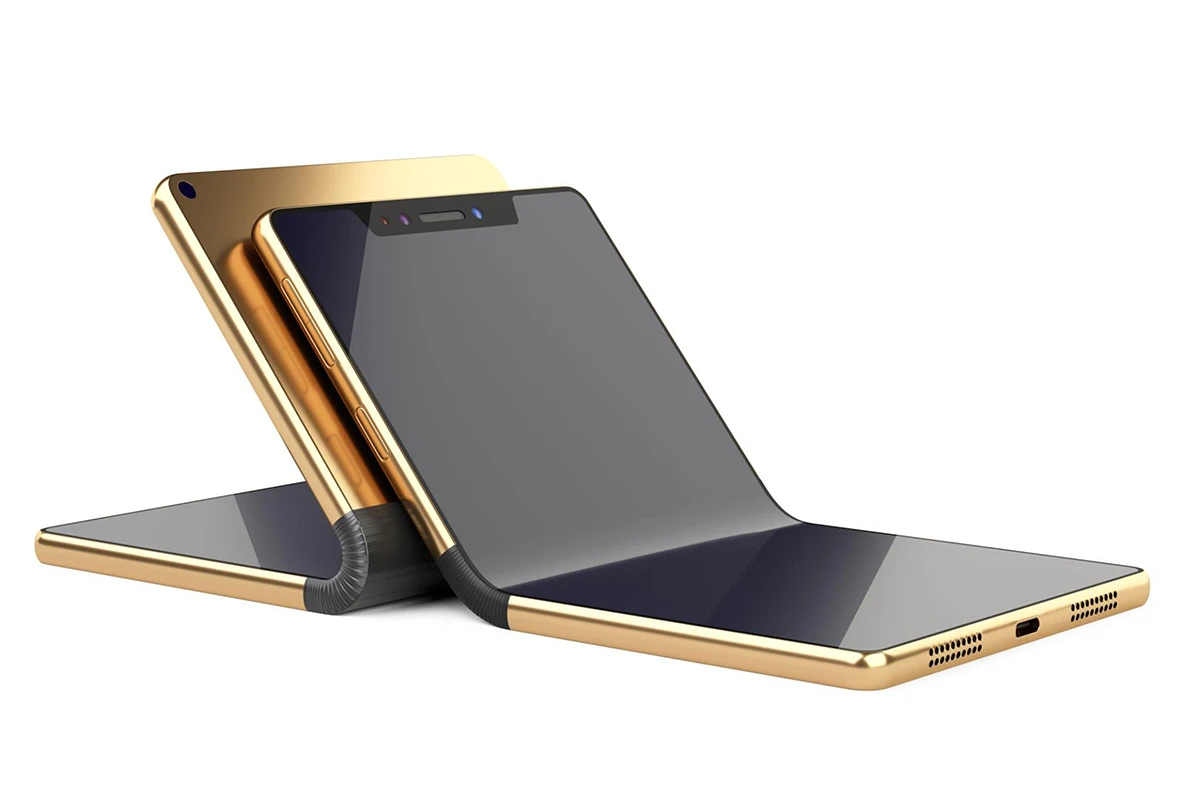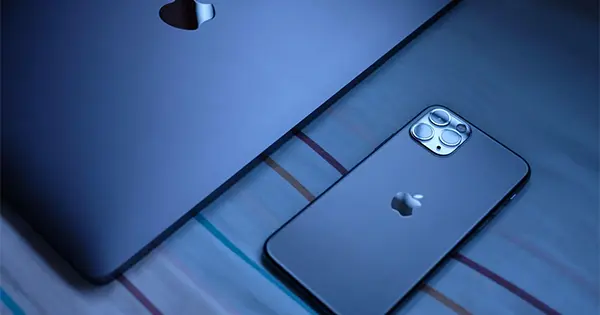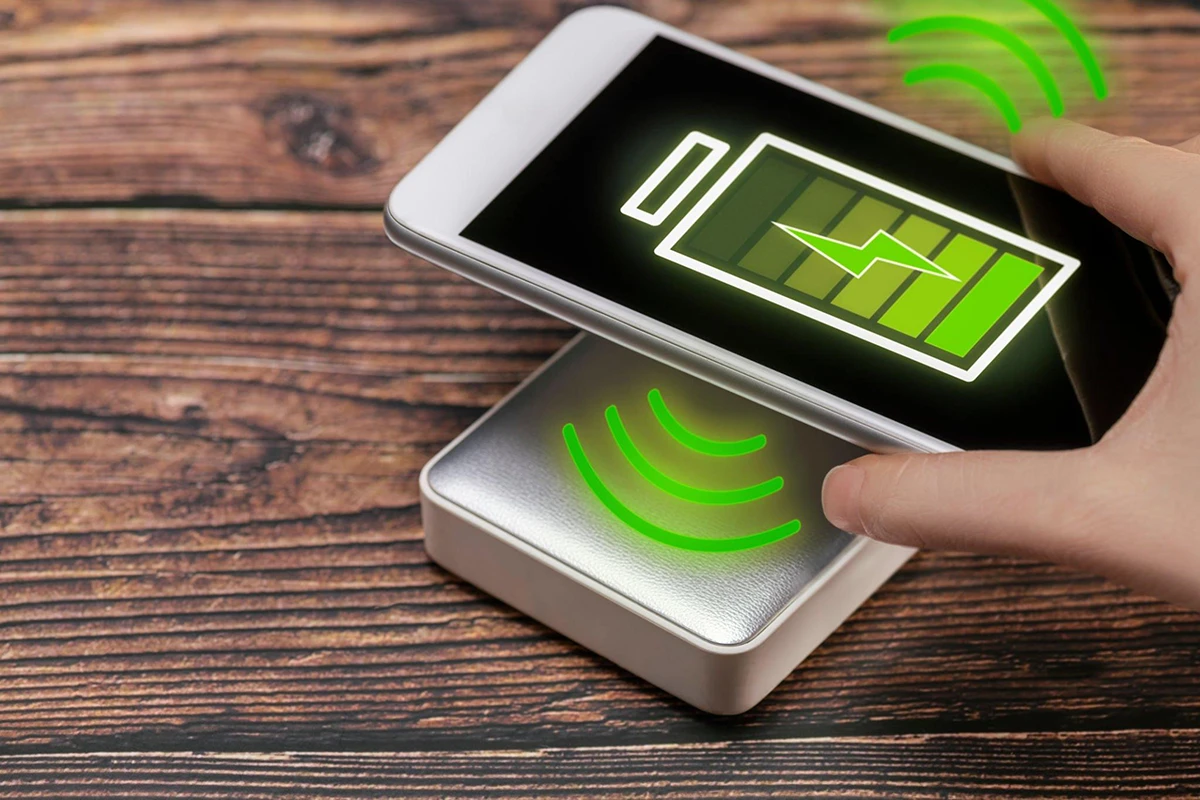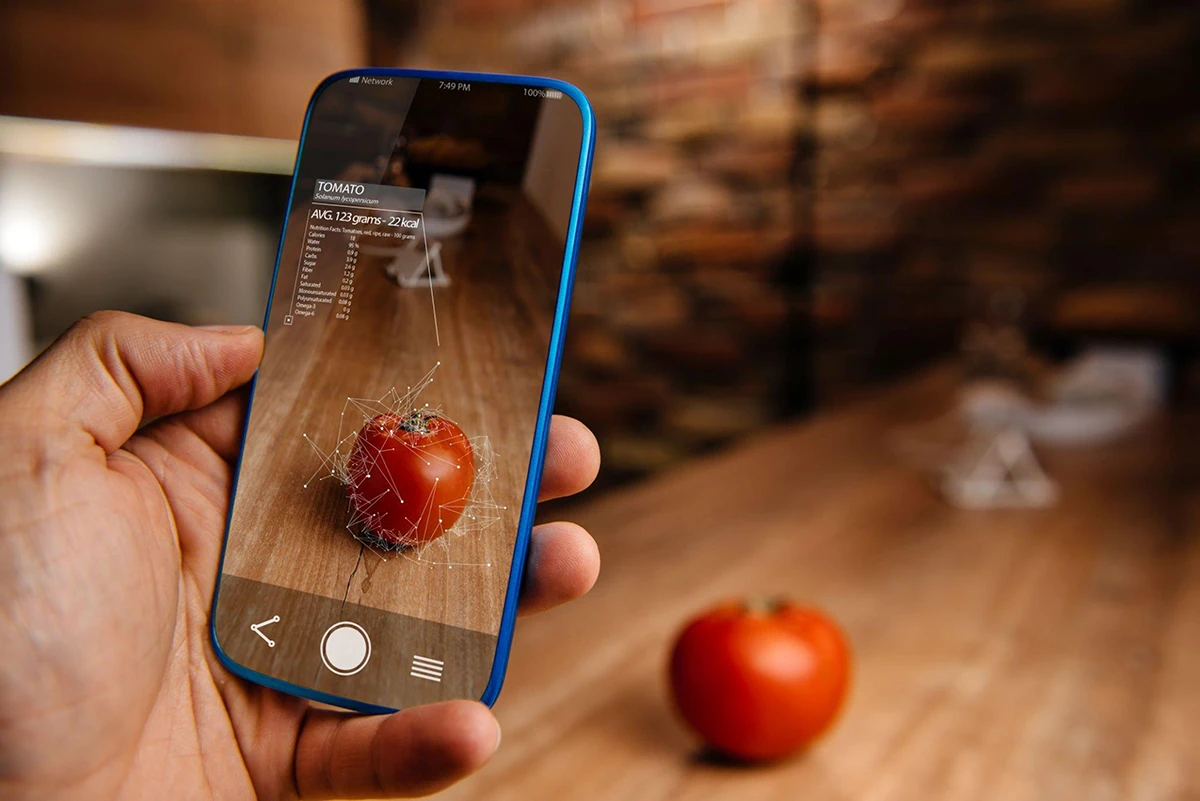The smartphone market has been stagnant for years, with new devices offering only incremental improvements over previous models. However, the rise of foldable phones is shaking things up, and could be a major game-changer for the industry.
Foldable phones are smartphones that have a flexible display that can be folded in half. This allows them to offer the best of both worlds: the portability of a small phone and the screen size of a tablet.
Foldable phones have been in development for many years, but it wasn’t until recently that the technology has matured enough to make them a viable product. In 2019, Samsung released the Galaxy Fold, the first commercially available foldable phone. Since then, other manufacturers, such as Huawei and Motorola, have released their own foldable phones.

What are Foldable Phones?
Foldable phones are smartphones that have a flexible display that can be folded in half. This allows them to offer the best of both worlds: the portability of a small phone and the screen size of a tablet.
The display on a foldable phone is made of a special type of material that can be bent without breaking. This material is often called “ultra-thin glass” or “plastic OLED.”
When a foldable phone is folded, the display is folded in half like a book. This makes the phone much smaller and more portable than a traditional smartphone. When the phone is unfolded, the display opens up to reveal a larger screen size.
Advantages of Foldable Phones
There are a number of advantages to foldable phones. These include:
- Portability: Foldable phones are more portable than traditional smartphones. This is because they can be folded in half, making them much easier to carry around in your pocket or bag.
- Larger screen size: Foldable phones offer a larger screen size. This is great for watching videos, playing games, or working on documents.
- More flexibility: Foldable phones can be used in two different modes: folded and unfolded. This gives you more flexibility in how you use your phone. For example, you can use it in folded mode for everyday tasks, and then unfold it for more immersive experiences.
Challenges of Foldable Phones
The foldable phone market is still in its early stages, but it is growing rapidly. There are a number of challenges that need to be addressed before foldable phones become mainstream. These include:
- Price: Foldable phones are currently very expensive, which is a barrier for many consumers. The first foldable phones were priced at around $1,500, which is much more than a traditional smartphone. However, as the technology matures and prices come down, foldable phones will become more affordable.
- Durability: The screens on foldable phones are made of flexible materials, which are more susceptible to damage than traditional smartphone screens. This is because the flexible materials are more likely to crease or crack if they are bent too much. However, manufacturers are working on ways to make the screens on foldable phones more durable.
- Software support: There are not many apps that are optimized for foldable phones yet. This is because the foldable phone market is still in its early stages. However, as more foldable phones are released, more apps will be optimized for this type of device.
The Future of Foldable Phones
Despite these challenges, the foldable phone market is poised for growth. As the technology matures and prices come down, foldable phones will become more affordable and accessible to consumers. This could lead to a major shakeup in the smartphone market, as foldable phones offer a number of advantages over traditional smartphones.
For example, foldable phones could be used for gaming, productivity, or entertainment. They could also be used for augmented reality (AR) and virtual reality (VR) applications.
The future of foldable phones is still uncertain, but the potential for this technology is huge. Foldable phones could revolutionize the way we use our smartphones, and they could become the next big thing in the mobile device market.
Conclusion
Foldable phones are shaking up the smartphone market. These innovative devices offer a number of advantages over traditional smartphones, including portability, a larger screen size, and more flexibility. As the technology matures and prices come down, foldable phones could become mainstream.
It will be interesting to see how foldable phones evolve in the years to come. Will they become the new standard for smartphones? Or will they remain a niche product? Only time will tell.






